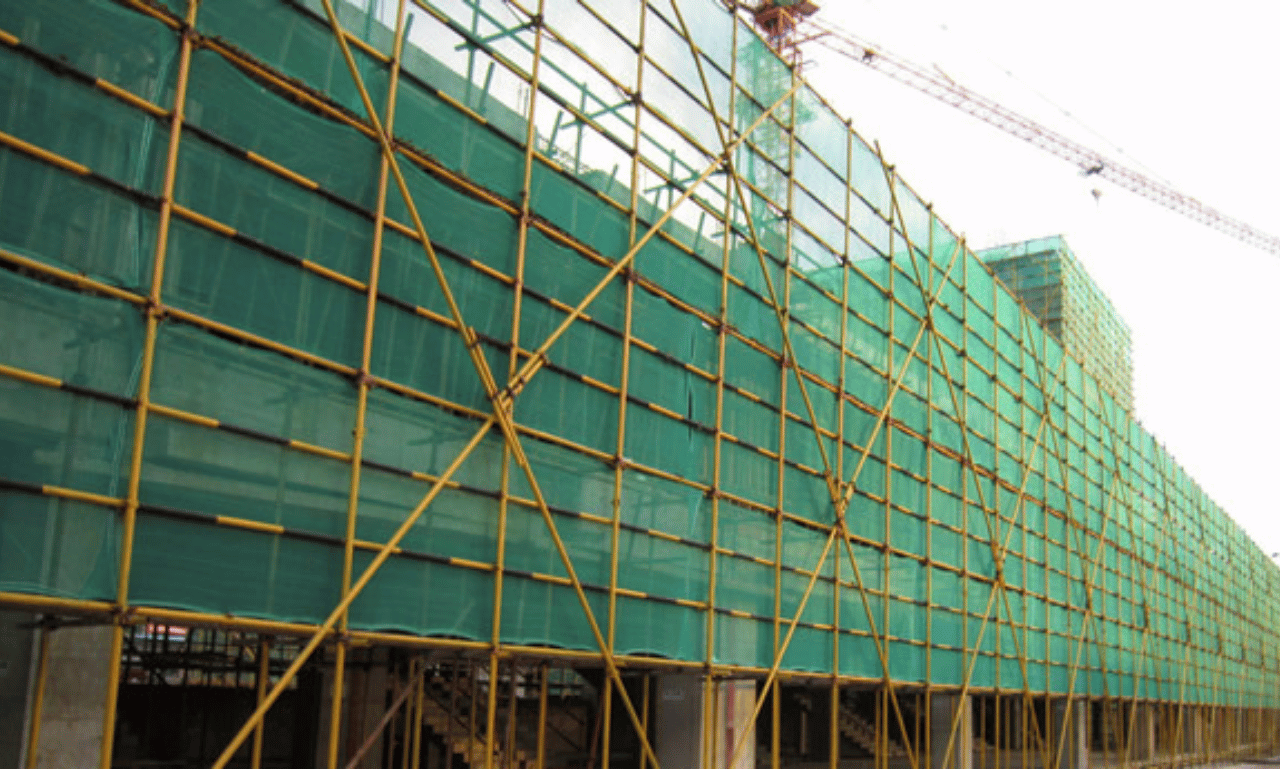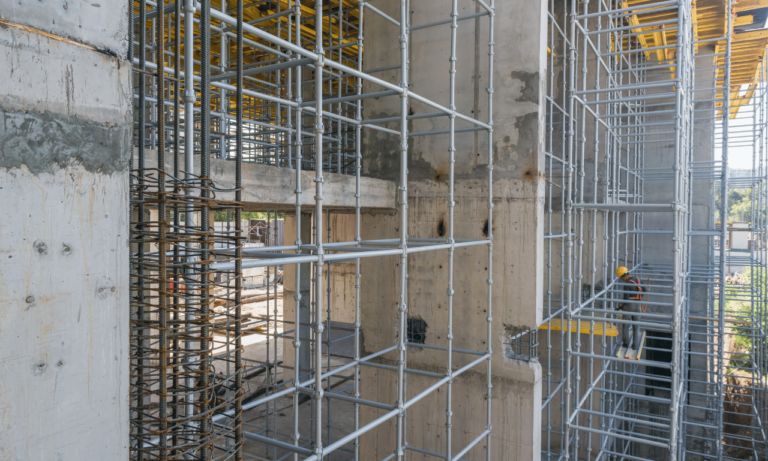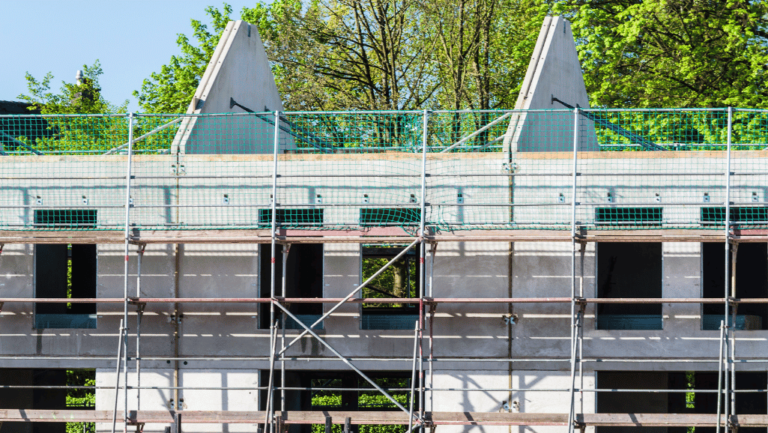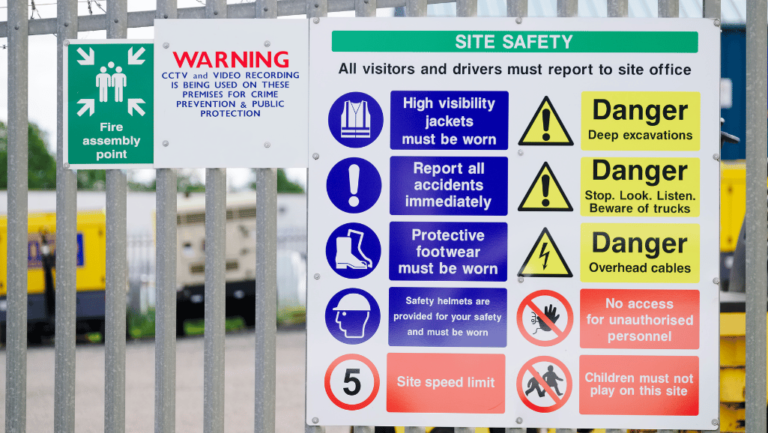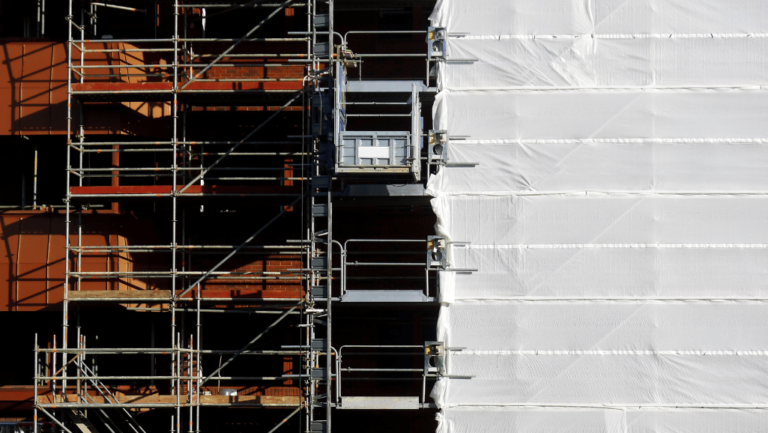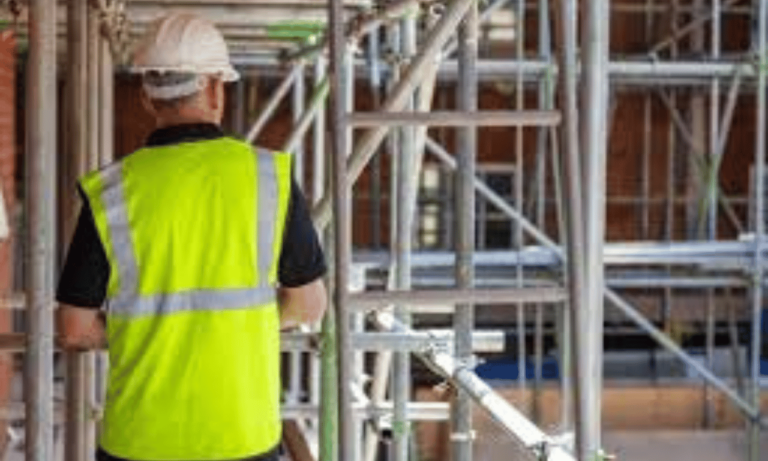Phone:
(+65)8319-0742
Scaffold debris netting is a crucial component in construction site safety, acting as a protective barrier and containment net for debris. By preventing debris from falling, it helps maintain a safer working environment for construction workers and minimizes the risk of accidents or injuries.
Construction safety netting, such as scaffold debris containment netting, is specifically designed to catch and contain falling debris. It is a highly effective solution for preventing objects from becoming hazardous projectiles and damaging property or injuring individuals below.
When it comes to scaffold debris netting, there are various suppliers available in the market. These suppliers offer a wide range of options to meet the specific needs of construction projects, ensuring that quality and safety are prioritized.
Key Takeaways:
- Scaffold debris netting enhances construction site safety by acting as a containment net for debris.
- It prevents debris from falling and potentially causing injuries or damage.
- There are multiple scaffold debris netting suppliers in the market.
- Scaffold debris netting is available in various options to suit different construction project needs.
- Choosing the right scaffold debris netting helps ensure quality and safety.
Importance of Scaffold Debris Netting for Construction Safety
Scaffold debris netting plays a crucial role in ensuring construction site safety. It acts as a protective barrier, preventing debris from falling and potentially causing injuries to workers or pedestrians below. By effectively containing debris, industrial debris netting enhances safety measures, reduces accidents, and promotes a secure working environment.
Construction sites are often filled with various materials, tools, and equipment that can pose a significant risk if they fall from heights. Scaffold safety netting mitigates this risk by providing a reliable safeguard against falling debris. It acts as a safety measure, preventing accidents and protecting workers from potential hazards.
One of the key advantages of scaffold debris netting is its versatility in different construction scenarios. Whether it is a high-rise building, bridge, or any other project involving elevated work areas, scaffold safety netting can be tailored to provide the required protection. Suppliers offer a wide range of options, ensuring that construction professionals can select the most suitable industrial debris netting for their specific needs.
The Importance of Scaffold Safety Netting
Scaffold safety netting significantly contributes to the overall safety standards on a construction site. It not only protects workers from falling debris but also helps maintain a clean and organized work environment. By containing debris within the construction area, scaffold debris netting prevents any potential damage to surrounding properties or structures.
Furthermore, scaffold debris netting also plays a role in maintaining productivity. Construction projects can experience delays and disruptions due to accidents or injuries caused by falling debris. The use of scaffold safety netting reduces these risks, allowing work to progress smoothly and efficiently.
When choosing scaffold debris netting, it is essential to consider factors such as the construction site’s specific requirements, the durability of the netting material, and compliance with safety regulations. Opting for high-quality scaffold safety netting from reputable suppliers ensures optimal protection and reliability.
Overall, scaffold debris netting is a critical component of construction site safety. Its importance in preventing accidents, protecting workers, and maintaining a safe working environment cannot be overstated. By investing in the right industrial debris netting and following proper installation procedures, construction professionals prioritize the well-being of their teams and promote successful project execution.
Applications and Use Cases of Scaffold Debris Netting

Scaffold debris netting is a versatile solution that finds application in various construction scenarios. Its primary purpose is to prevent debris from falling and causing damage or accidents. Let’s explore some of the key use cases where scaffold debris netting plays a crucial role:
1. Construction Sites
Debris net for construction is an indispensable safety measure in construction sites. It is installed around scaffolding structures to create a protective barrier, preventing loose debris such as tools, building materials, or dust from falling to the ground or causing harm to workers and bystanders.
2. Renovation Projects
During renovation projects, scaffold debris netting acts as a containment net to keep the surrounding areas safe. It holds and contains debris generated from the removal of old materials, reducing the risk of injuries or damages to neighboring properties.
3. Demolition Sites
In demolition sites, scaffold netting material provides an additional layer of protection. It helps control and confine debris resulting from the demolition process, preventing it from spreading beyond the designated area.
4. Bridge and Highway Construction
Bridge and highway construction projects often involve working at heights and near busy roads. Scaffold debris netting is employed to create a safe environment for workers and commuters by preventing falling debris from reaching the roadways or causing accidents.
Scaffold Netting Materials
Scaffold debris netting is available in a range of materials, each offering unique benefits and performance characteristics. Some commonly used scaffold netting materials include:
- Polyethylene (PE) Netting: PE netting is lightweight, durable, and resistant to UV radiation. It provides excellent barrier properties and is suitable for general construction applications.
- High-Density Polyethylene (HDPE) Netting: HDPE netting is known for exceptional strength and tear resistance. It is ideal for heavy-duty construction projects that require a robust debris containment solution.
- Knitted Mesh Netting: Knitted mesh netting offers flexibility, enabling it to conform to complex scaffold structures easily. It allows for improved airflow while maintaining debris containment.
Benefits of Scaffold Debris Netting
Scaffold debris netting provides several advantages for construction projects:
- Enhances construction site safety by preventing debris from falling
- Reduces the risk of injuries to workers and bystanders
- Protects neighboring properties and infrastructure from damage
- Improves compliance with safety regulations and standards
- Offers different materials for specific project requirements
By understanding the diverse applications and benefits of scaffold debris netting, construction professionals can make informed decisions about incorporating it into their projects. Now, let’s delve into the installation tips and options for scaffold debris netting in the next section.
Installation Tips and Options for Scaffold Debris Netting

Proper installation is crucial when it comes to scaffold debris netting. Follow these valuable tips and guidance to ensure a secure and effective installation process.
Best Practices for Debris Netting Installation
- Inspect the scaffold: Before installing debris netting, thoroughly examine the scaffold structure for any defects or weaknesses. Address any issues before proceeding with the installation.
- Choose the right netting material: Select a high-quality debris netting material that is specifically designed for construction sites. Consider factors such as durability, UV resistance, and ease of installation.
- Secure the edges: Ensure that the debris netting is securely fastened along the edges of the scaffold structure. Use appropriate fasteners, such as hooks or ties, to prevent any sagging or loosening.
- Tension the netting: Apply adequate tension to the debris netting to keep it taut across the scaffold. This will help prevent debris from getting trapped or accumulating on the netting.
- Regular inspections: Regularly inspect the debris netting for any signs of damage or wear. Replace any damaged sections promptly to maintain the effectiveness of the netting.
Installation Options for Scaffold Debris Netting
There are several installation options available for scaffold debris netting, depending on the specific requirements of your construction project.
- Full enclosure: This installation method involves completely enclosing the scaffolding structure with debris netting. It provides maximum protection against falling debris and acts as a safety barrier for workers.
- Partial enclosure: In situations where complete enclosure is not necessary, you can opt for a partial enclosure. This involves installing netting on specific sides or levels of the scaffold to target areas where debris is most likely to fall.
- Vertical installation: If the scaffold structure is situated next to a building or wall, vertical installation may be suitable. It involves installing netting vertically along the sides of the scaffold to prevent debris from falling onto adjacent structures.
- Horizontal installation: When there is a need to contain debris on a specific level of the scaffold, horizontal installation is an appropriate option. It involves securing netting horizontally along a particular level to prevent debris from falling below.
Consider the specific requirements of your construction project and consult with a professional to determine the most suitable installation option for your scaffold debris netting.
Factors Affecting Scaffold Debris Netting Price
| Factors | Impact on Price |
|---|---|
| Netting Material | Different materials have varying costs, with factors such as durability and UV resistance affecting pricing. |
| Netting Size | larger netting sizes may require more material and thus, result in higher prices. |
| Installation Method | Complex installation methods may require additional labor and equipment, which can impact the overall price. |
| Supplier Pricing Policies | Different suppliers may offer varying pricing structures for scaffold debris netting. It’s advisable to compare prices from multiple suppliers before making a purchase. |
Keep in mind that the overall price should not be the sole determining factor when selecting scaffold debris netting. Consider the quality, reliability, and suitability of the netting materials and the reputation of the supplier in addition to the price.
Conclusion
In conclusion, scaffold debris netting plays a crucial role in ensuring construction site safety and preventing accidents caused by falling debris. Its versatility and availability from various suppliers make it an indispensable component in any construction project. By following proper installation techniques and carefully selecting the appropriate netting material, construction professionals can effectively enhance the safety and efficiency of their worksites.
Scaffold debris netting acts as a protective barrier, preventing debris from falling and potentially causing injuries to workers and passersby. It also helps to contain and control debris, minimizing the risk of damage to surrounding structures and equipment. Whether it’s at a residential, commercial, or industrial construction site, scaffold debris netting proves to be an invaluable safeguarding measure.
With a wide range of suppliers offering scaffold debris netting, construction professionals have the flexibility to choose from different options based on their specific requirements. Whether it’s durable nylon netting or high-density polyethylene material, there is a suitable solution available to meet various project needs.
By recognizing the importance of scaffold debris netting and implementing it effectively, construction companies can create a safer working environment. Ultimately, this not only protects the well-being of workers but also helps to build a positive reputation in the industry for prioritizing safety.
FAQ
What is scaffold debris netting?
Scaffold debris netting is a safety netting system designed to contain and prevent debris from falling off scaffolding structures. It acts as a protective barrier, enhancing construction site safety and preventing injuries or damage caused by falling objects.
What are the benefits of using scaffold debris netting?
Using scaffold debris netting offers several benefits. It helps maintain a safer work environment by preventing debris from falling and potentially causing injuries. It also helps contain and control construction site waste, reducing the risk of damage to surrounding areas. Additionally, scaffold debris netting can improve productivity by minimizing delays caused by falling debris and the need for clean-up.
Where can I find suppliers of scaffold debris netting?
There are several suppliers in the market that offer scaffold debris netting. You can find them by searching online or contacting construction supply companies. It is important to select a reputable supplier that provides high-quality netting that meets safety standards and regulations.
How is scaffold debris netting installed?
Scaffold debris netting is typically installed by attaching it to the scaffolding structure using fasteners or ties. The netting should be securely attached to ensure it remains in place and can effectively contain debris. It is recommended to follow the manufacturer’s installation guidelines and safety instructions for proper installation.
What factors can influence the price of scaffold debris netting?
The price of scaffold debris netting can vary depending on several factors. These factors include the size and dimensions of the netting required, the material used, the brand or supplier, and any additional features or specifications. It is advisable to obtain quotes from multiple suppliers and compare prices to ensure you get the best value for your project.

